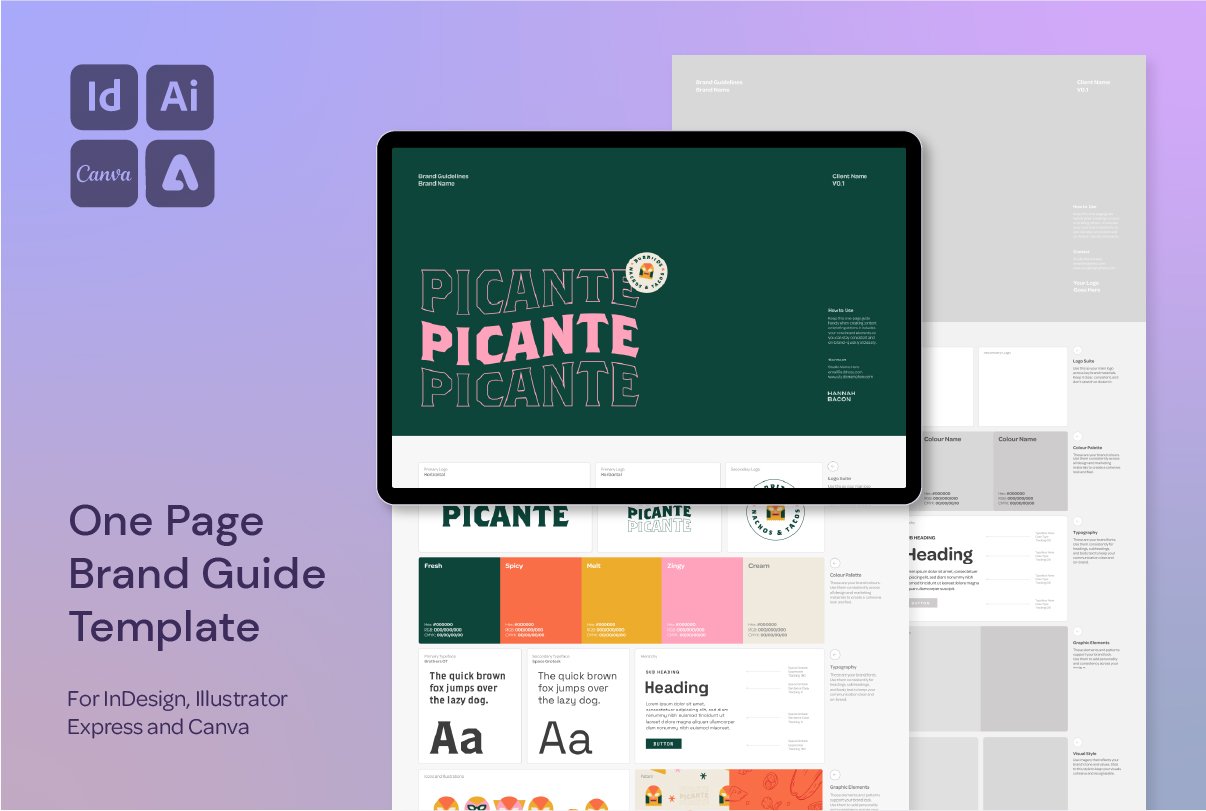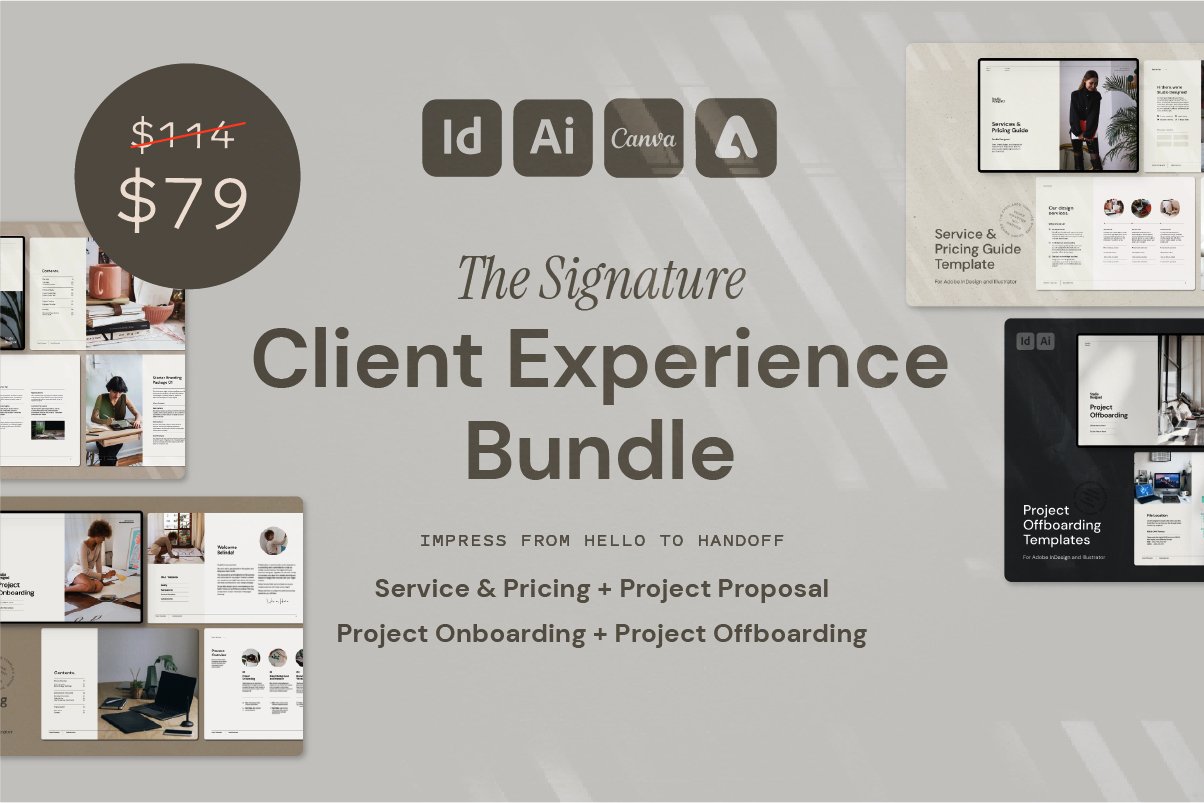I Tried Designing a Logo Like a Client Using Canva—Here’s What Happened
I Designed a Logo Using Canva Templates Like a Client Would. Here’s How It Went.
Not really sure why I decided to put myself through this again—but here we are.
This time, I wanted to step into a client’s shoes and see what happens when you try to build a logo from a Canva template, using ChatGPT to generate the brief. Spoiler: it wasn’t the worst. But it wasn’t good either.
This was a fun experiment in the DIY design mindset, and while I totally understand why clients go this route, I also saw firsthand where things fall short—and where real design thinking makes all the difference.
If you want to join in and try this yourself, check out my post about the challenge below.
You can check out this post (and lots more!) over on my Instagram Page @hannah.bacon.design
The ‘existing’ logo from Canva and Ai colour palette
The Rebrand - Which do you prefer?
Let’s see how it went…
Step 1: Create a Fake Design Brief Using ChatGPT
To get started, I prompted ChatGPT to generate:
A business name
A tagline
Some keywords and brand values
Honestly? The prompt was solid. It gave me coins, a stylised light/path element, and a focus on momentum and direction—plus a tagline to match.
Step 2: Act Like a Client and Head to Canva
Next, I:
Browsed Canva templates
Picked a generic logo layout
Dropped in the brand colours
Typed out the tagline
The result?
“It’s kind of… not bad. But it’s not good either.”
It felt cookie cutter, and the final logo didn’t really reflect the brief. The visual elements didn’t speak to the brand’s direction or message—and it lacked originality. The symbols didn’t connect to the story.
Step 3: Revisit the Brief
Here’s what the brief asked for:
Coins
A stylised light or path
Movement/direction
A tagline that reinforces the brand values
I managed to:
Update the colour palette
Include the tagline
Add arrows and some graph-line-inspired patterns
…but I still didn’t really hit the mark
The process revealed how hard it is to make templates feel tailored—even when you know what you’re doing.
Takeaway: It’s Stressful, but Insightful
Canva is a powerful tool, and I totally get why clients use it.
But this experiment made it clear: without strategy, templates can only take you so far. Real branding involves more than just “something that looks okay.” It’s about alignment, intention, and telling the right story in a way that feels true to the business.
Want More Time-Saving Tools and Freebies?
This process is just one of the techniques I share across my design templates and digital assets, made especially for designers who want professional results—without starting from scratch every time.











